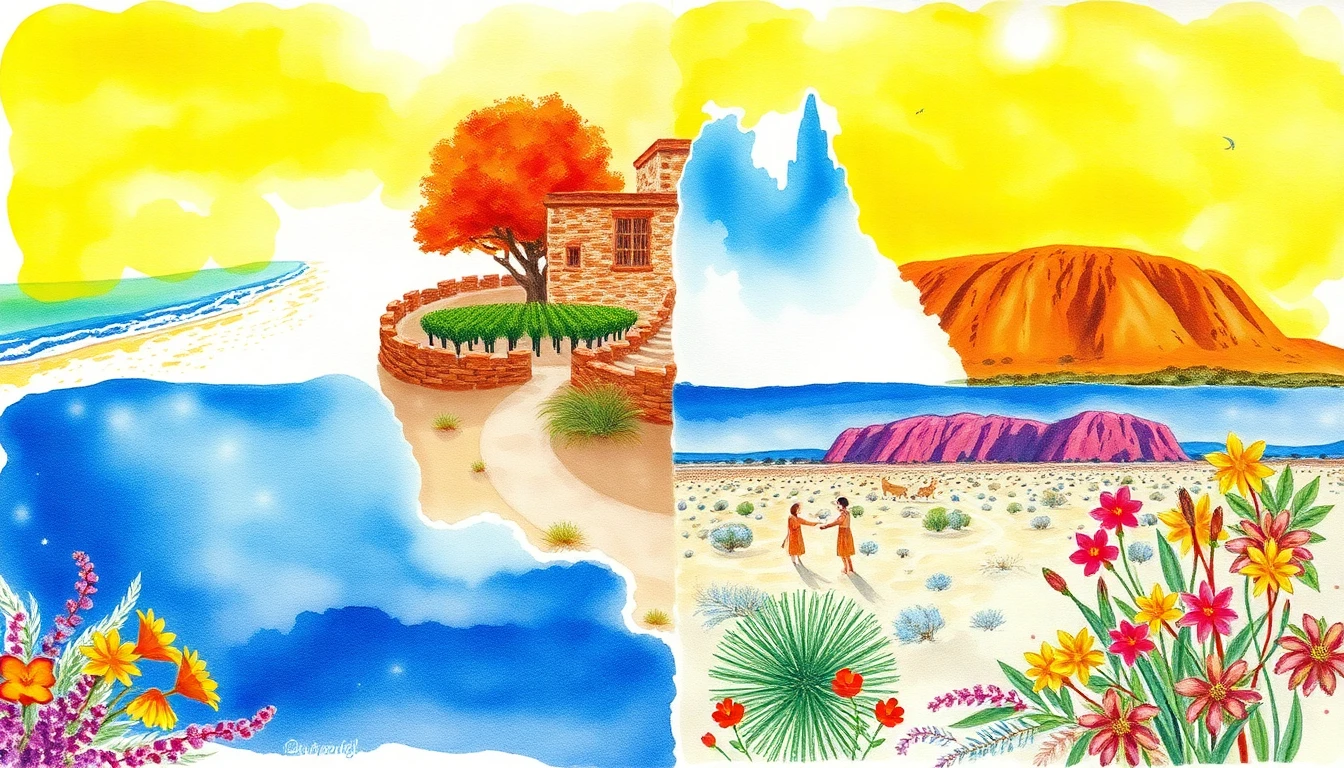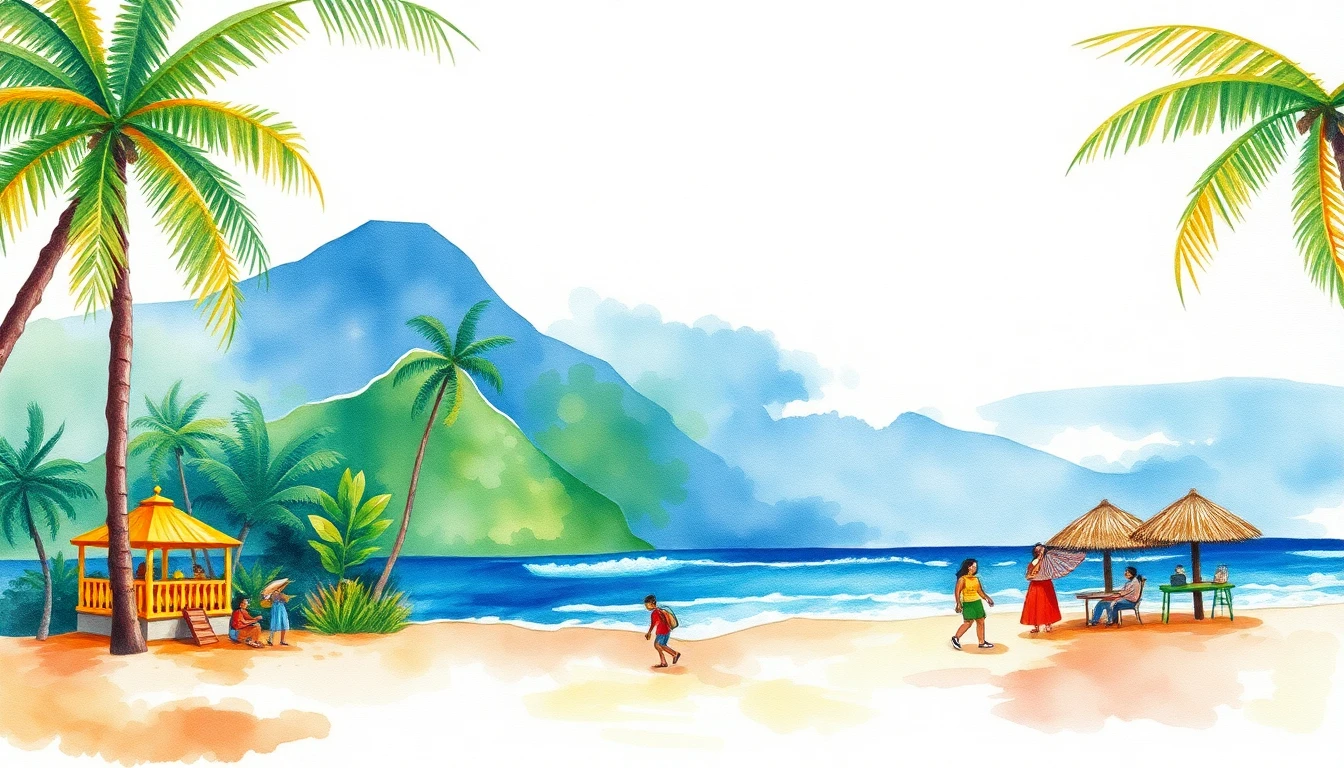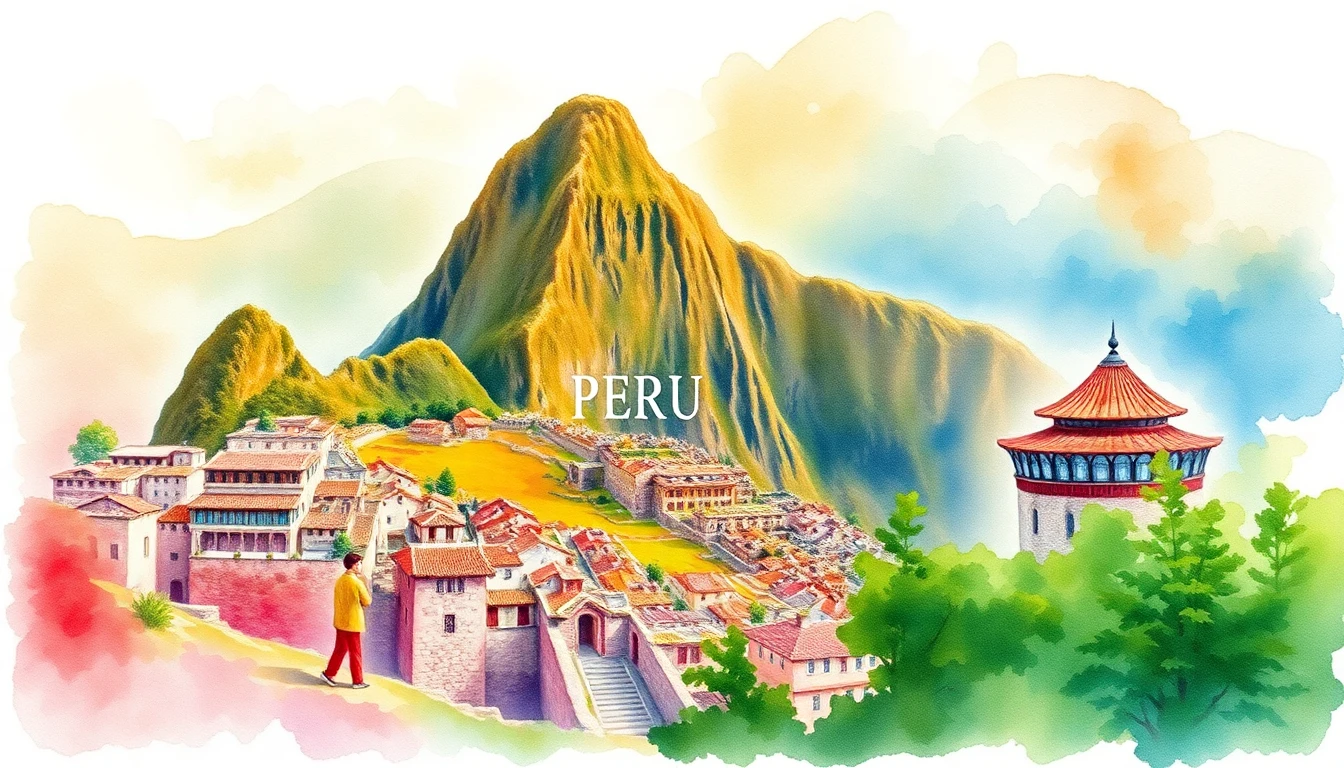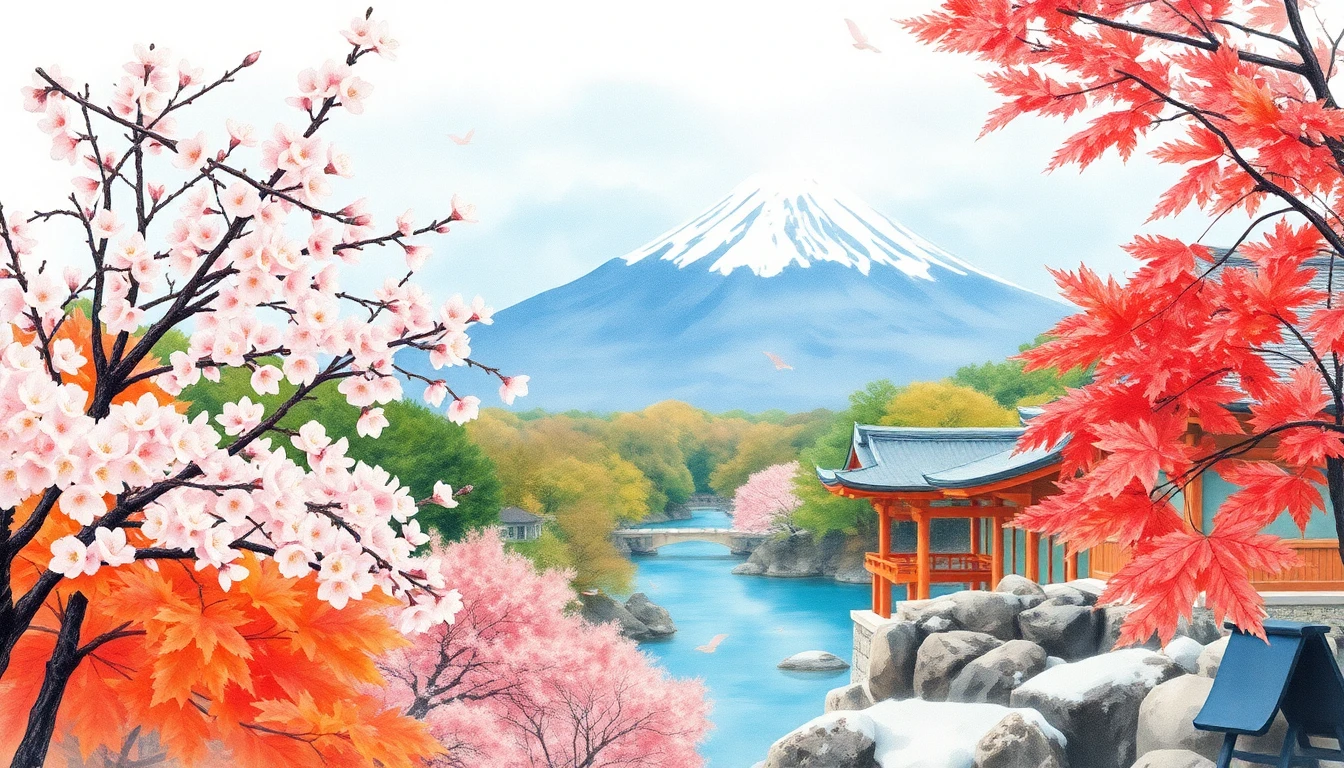Best Time to Visit New Zealand 2025: Complete Season Guide
⚡ Quick Answer
The best time to visit New Zealand is during summer (December-February) for warm weather and outdoor adventures, or autumn (March-May) for fewer crowds and stunning fall colors. Winter (June-August) is perfect for skiing, while spring offers wildflowers and moderate temperatures.
There's something almost mystical about watching the sunrise paint the Southern Alps gold while standing on the shores of Lake Tekapo, or feeling the raw power of the Tasman Sea as it crashes against the dramatic cliffs of the West Coast. New Zealand doesn't just offer stunning landscapes – it provides a seasonal symphony where each month reveals different facets of this extraordinary island nation, from snow-capped peaks to golden beaches, creating timing considerations that can transform your entire experience.
I've been exploring New Zealand's diverse regions for over a decade, from trekking the Milford Track during summer's long daylight hours to skiing the pristine powder of Queenstown's winter slopes. Each season brings its own character – the New Zealand you'll discover during the vibrant warmth of summer bears little resemblance to the crisp, snow-dusted beauty of winter, and that's precisely what makes timing your visit so crucial to your adventure dreams.
This guide distills years of seasonal exploration across both islands, countless conversations with local guides from Auckland to Stewart Island, and yes, some perfectly timed (and weather-challenged) adventures. Whether you're planning to hike the great walks, seek adrenaline activities in Queenstown, explore Maori culture, or simply marvel at landscapes that inspired Middle-earth, understanding New Zealand's seasonal rhythms will elevate your journey from memorable to absolutely extraordinary. For official tourism information and travel planning, visit New Zealand's official tourism website.
Understanding New Zealand's Southern Rhythm
New Zealand's position in the Southern Hemisphere means its seasons run opposite to the Northern Hemisphere – Christmas falls in midsummer, while July brings winter's chill. But it's not just about reversed seasons; the country's unique geography creates microclimates and weather patterns unlike anywhere else on Earth. Surrounded by ocean and stretched across 1,600 kilometers of latitude, New Zealand experiences everything from subtropical warmth in the north to alpine conditions in the south.
The two main islands offer distinctly different experiences. The North Island enjoys a generally warmer, more temperate climate with less seasonal variation, making it ideal for year-round travel. Auckland's subtropical climate rarely sees frost, while the central volcanic plateau can experience snow even in summer. The South Island showcases more dramatic seasonal contrasts, from the Mediterranean climate of Central Otago to the glacial valleys of the West Coast and the alpine conditions of the Southern Alps.
This geographic diversity means you can experience multiple climates in a single day of travel. You might start your morning among the thermal pools of Rotorua, drive through temperate forests, and end your day on a windswept beach – all while the seasons dictate which experiences will be at their peak. Understanding these patterns allows you to craft an itinerary that maximizes each region's seasonal strengths while working with, rather than against, New Zealand's natural rhythms.
New Zealand by Season
Each season in New Zealand offers completely different adventures and experiences. From summer festivals to winter skiing, from autumn colors to spring wildflowers, here's everything you need to know about New Zealand's distinct seasons.
☀️ Summer (December - February)
Peak Season • Warm Weather • Long Days
🌡️ Weather
North Island: 20-26°C (68-79°F) • South Island: 15-22°C (59-72°F) • Long daylight hours until 9pm
🏆 Highlights
- • Perfect beach weather
- • All hiking tracks open
- • Festival season nationwide
- • Long daylight for activities
- • Wildlife breeding season
⚠️ Considerations
- • Highest prices (2x winter rates)
- • Maximum crowds
- • Book accommodation 6 months ahead
- • UV levels extremely high
🍂 Autumn (March - May)
Shoulder Season • Beautiful Colors • Fewer Crowds
🌡️ Weather
North Island: 15-21°C (59-70°F) • South Island: 10-18°C (50-64°F) • Stable conditions
🏆 Highlights
- • Spectacular autumn colors
- • Excellent hiking weather
- • Wine harvest season
- • Fewer tourists
- • Stable weather patterns
⚠️ Considerations
- • Shorter daylight hours
- • Some seasonal closures begin
- • Swimming becomes chilly
- • Weather increasingly variable
❄️ Winter (June - August)
Low Season • Skiing • Cozy Atmosphere
🌡️ Weather
North Island: 10-16°C (50-61°F) • South Island: 5-12°C (41-54°F) • Snow in mountains
🏆 Highlights
- • World-class skiing
- • Snow-capped mountain views
- • Lowest prices of year
- • Cozy pub atmosphere
- • Winter festivals
⚠️ Considerations
- • Many hiking tracks closed
- • Short daylight hours (5pm sunset)
- • Unpredictable weather
- • Some attractions close
🌸 Spring (September - November)
Awakening Season • Wildflowers • Mild Weather
🌡️ Weather
North Island: 13-19°C (55-66°F) • South Island: 8-16°C (46-61°F) • Variable conditions
🏆 Highlights
- • Wildflower blooms everywhere
- • Lambing season (cute factor high)
- • Increasing daylight
- • Moderate crowds and prices
- • Great walks reopen
⚠️ Considerations
- • Highly variable weather
- • Can be windy
- • Some snow still on high passes
- • River levels unpredictable
Summer: New Zealand's Golden Time
Summer transforms New Zealand into an outdoor paradise where the living is easy and the adventures are endless. Long daylight hours – with sunset not until 9pm in midsummer – give you extra time to explore everything from golden sand beaches to alpine hiking trails. This is when the Great Walks truly shine, with all tracks open and weather conditions at their most reliable for multi-day adventures like the Milford Track or Routeburn Track.
The country's festival calendar explodes during summer months. From the World of WearableArt Awards in Wellington to the Auckland Arts Festival, from outdoor concerts in vineyards to beach parties in the Bay of Islands, summer cultural offerings match the spectacular natural beauty. The wine regions come alive with harvest festivals, while coastal towns buzz with energy as both locals and visitors make the most of the warm weather.
However, summer's popularity comes with significant trade-offs. Accommodation prices double compared to winter, and booking six months ahead becomes essential for popular destinations. The Great Walks require advance bookings that often sell out within hours of release. Popular spots like Milford Sound and the Bay of Islands see their highest visitor numbers, which can detract from the wilderness experience that draws many to New Zealand in the first place.
Autumn: The Golden Season of Balance
Autumn reveals New Zealand at perhaps its most photogenic, when deciduous trees imported by early settlers paint the landscape in brilliant reds, oranges, and golds. Central Otago's wine country becomes particularly spectacular, with vine-covered hills creating postcard-perfect scenes against the backdrop of the Southern Alps. This is harvest season, making it the perfect time to explore wineries and taste wines at their peak while enjoying the mild, stable weather.
The cooler temperatures make autumn ideal for active pursuits without summer's heat. Hiking conditions remain excellent through April and often into May, with the added bonus of fewer crowds on popular tracks. The changing light creates magical photography conditions, particularly during the golden hour that seems to last forever during autumn's long, gentle sunsets.
Weather patterns become more variable as autumn progresses, particularly in the South Island. While March and April typically offer stable conditions, May can bring the first winter storms. It's a season that rewards flexibility – having backup indoor plans for rainy days, but being ready to seize outdoor opportunities when the weather clears.
Winter: When New Zealand Gets Cozy
Winter transforms New Zealand into a completely different destination, one that reveals the country's cozy, intimate side. The Southern Alps receive their heaviest snowfall, creating world-class skiing conditions at resorts like Coronet Peak, The Remarkables, and Mount Hutt. Queenstown becomes a winter sports mecca, where you can ski during the day and warm up with mulled wine by a fireplace in the evening.
The North Island offers its own winter charms, with fewer crowds making it easier to appreciate geothermal wonders like Rotorua's hot springs and geysers. Auckland's mild winter temperatures (rarely below 10°C) make it perfect for exploring museums, galleries, and the city's renowned food scene. The shorter days encourage a slower pace, perfect for diving deep into local culture and taking time to appreciate New Zealand's rich Maori heritage.
Winter travel requires more planning and flexibility. Many Great Walks close or have restricted access, and weather can change rapidly. However, the dramatic snow-capped mountain vistas, the intimate atmosphere of small town pubs, and the significant cost savings make winter an appealing choice for budget-conscious travelers who don't mind cooler temperatures and shorter days.
Spring: Nature's Grand Awakening
Spring brings New Zealand's landscape back to life in spectacular fashion. Wildflowers carpet meadows throughout the country – from lupins along Lake Tekapo to daffodils in Christchurch's parks. This is lambing season, when rolling green hills dotted with white sheep are joined by countless adorable lambs, creating picture-perfect pastoral scenes that epitomize New Zealand's agricultural heritage.
The increasing daylight and warming temperatures make spring an excellent time for outdoor activities, though weather variability requires careful planning. One day might bring perfect hiking conditions, while the next could see snow on mountain passes or strong winds that ground small aircraft. This unpredictability is part of spring's character – it's a season that rewards spontaneity and punishes rigid schedules.
Spring offers the best value outside of winter, with accommodation prices still reasonable and most attractions fully operational. The Great Walks begin reopening, though some high-altitude sections may still have snow. It's an ideal time for travelers who want good weather without summer's crowds and prices, as long as they're prepared for New Zealand's famously changeable spring conditions.
Regional Climate Guide
New Zealand's two main islands and various regions each have distinct climate patterns. Understanding these regional differences helps optimize your itinerary timing across the country.
North Island: Warmth and Geothermal Wonders
The North Island enjoys a generally warmer, more temperate climate than its southern neighbor. Auckland's subtropical conditions mean frost is rare and swimming is possible year-round for the hardy. The Bay of Islands region offers New Zealand's warmest temperatures, making it a perfect winter escape when the South Island turns chilly. However, the North Island also experiences more humidity and rainfall, particularly during winter months.
The central North Island around Rotorua and Taupo creates its own microclimate. The geothermal activity keeps temperatures relatively stable, while the volcanic plateau can experience snow even in summer at higher elevations. This region offers year-round appeal – geothermal pools and hot springs are particularly welcome during cooler months, while the numerous lakes provide summer recreation opportunities.
Wellington, positioned at the North Island's southern tip, experiences more wind and cooler temperatures than the rest of the island. Known as "Windy Wellington," the capital can be challenging for outdoor activities during winter but offers excellent cultural attractions regardless of season. The surrounding Kapiti Coast and Wairarapa wine region provide more sheltered alternatives just an hour from the city.
South Island: Dramatic Beauty and Alpine Adventures
The South Island showcases New Zealand's most dramatic seasonal contrasts. The eastern regions around Christchurch and Central Otago enjoy relatively dry conditions year-round, with hot summers perfect for wine touring and cold, crisp winters ideal for exploring without crowds. The Canterbury Plains can experience significant temperature swings, from scorching nor'west winds in summer to below-freezing temperatures in winter.
The West Coast operates on an entirely different weather pattern, receiving some of the world's highest rainfall amounts while also offering spectacular clear-weather days. Franz Josef and Fox Glaciers can be visited year-round, though helicopter flights depend on weather conditions that can change within hours. The dramatic landscape of fjords, rainforests, and glaciers makes the West Coast rewarding in any season, provided you're prepared for rain.
Queenstown and Central Otago create their own climate zone, with hot, dry summers perfect for adventure activities and cold winters that support excellent skiing. The region's continental climate means large temperature variations between day and night year-round. Fiordland, including Milford Sound, receives heavy rainfall throughout the year, though this creates the spectacular waterfalls and lush vegetation that make the region so dramatic.
| Region | Best Time | Avoid | Unique Features |
|---|---|---|---|
| Auckland/Bay of Islands | Nov-Apr (warm) | Jun-Aug (wettest) | Subtropical, warmest region year-round |
| Rotorua/Taupo | Year-round | July (coldest) | Geothermal activity, stable temperatures |
| Wellington | Dec-Mar, Sep-Oct | Jun-Aug (windy/cold) | Windy capital, great cultural attractions |
| Queenstown/Central Otago | Dec-Feb, Jun-Aug | May, Sep (shoulder) | Adventure capital, skiing in winter |
| West Coast | Mar-May, Sep-Nov | Jun-Aug (wettest) | High rainfall, glaciers, dramatic scenery |
| Christchurch/Canterbury | Oct-Apr | Jun-Aug (cold) | Dry climate, garden city |
Frequently Asked Questions
What is the best time to visit New Zealand?
The best time to visit New Zealand is during summer (December-February) for warm weather and outdoor activities, or autumn (March-May) for fewer crowds and beautiful colors. Spring (September-November) offers mild weather and wildflowers, while winter (June-August) is perfect for skiing and snow sports.
When is the cheapest time to visit New Zealand?
The cheapest time to visit New Zealand is during winter (June-August), when accommodation prices drop 30-50% and flights are at their lowest. Late autumn (April-May) and early spring (September-October) also offer good value with moderate weather.
What should I avoid when visiting New Zealand?
Avoid visiting during Christmas/New Year (December 20-January 20) when prices peak and everything books out. Also skip mid-winter (July) in South Island unless you're skiing, as weather can be harsh and many attractions have limited hours.
Your New Zealand Journey Awaits
After exploring New Zealand's seasonal rhythms and regional variations, remember that this remarkable country rewards travelers in every season. Each period offers its own magic – the endless adventures of summer's long days, the intimate beauty of autumn's golden light, the cozy charm of winter firesides, or the hopeful energy of spring's wildflower blooms. The "perfect" time aligns with your dreams, whether that's conquering the Great Walks, skiing pristine powder, or simply marveling at landscapes that feel like stepping into another world.
New Zealand's magic transcends weather patterns and tourist seasons. It lives in the moment when you spot your first kiwi bird in twilight, in the adrenaline rush of bungy jumping where it was invented, in the profound silence of Milford Sound broken only by cascading waterfalls. These experiences happen regardless of season – what matters is arriving with an adventurous spirit and respect for the natural world that makes New Zealand so extraordinary.
As you plan your New Zealand adventure, let this guide inform your decisions without limiting your dreams. Build flexibility into your itinerary, pack for changeable weather, and remember that some of the most memorable experiences come from embracing the unexpected. Whether you're watching the sun rise over Mount Cook or sharing stories with locals in a cozy South Island pub, New Zealand will reveal its timeless wonders to those who approach with curiosity and respect.
Ready to Plan Your New Zealand Adventure?
Now that you've discovered the best time to visit New Zealand for your travel style, it's time to start planning your perfect itinerary. Whether you're seeking adventure sports, scenic beauty, or cultural experiences, New Zealand's seasonal diversity awaits.
Safe travels, and may your journey through New Zealand's incredible landscapes be everything you've dreamed of and more. Kia ora!
🔗 Related Articles

Best Time to Visit Australia in 2025: Complete Seasonal Travel Guide

Best Time to Visit Brazil 2025: Complete Season Guide

Best Time to Visit Peru 2025: Complete Season Guide

Best Time to Visit Egypt 2025: Complete Season Guide

